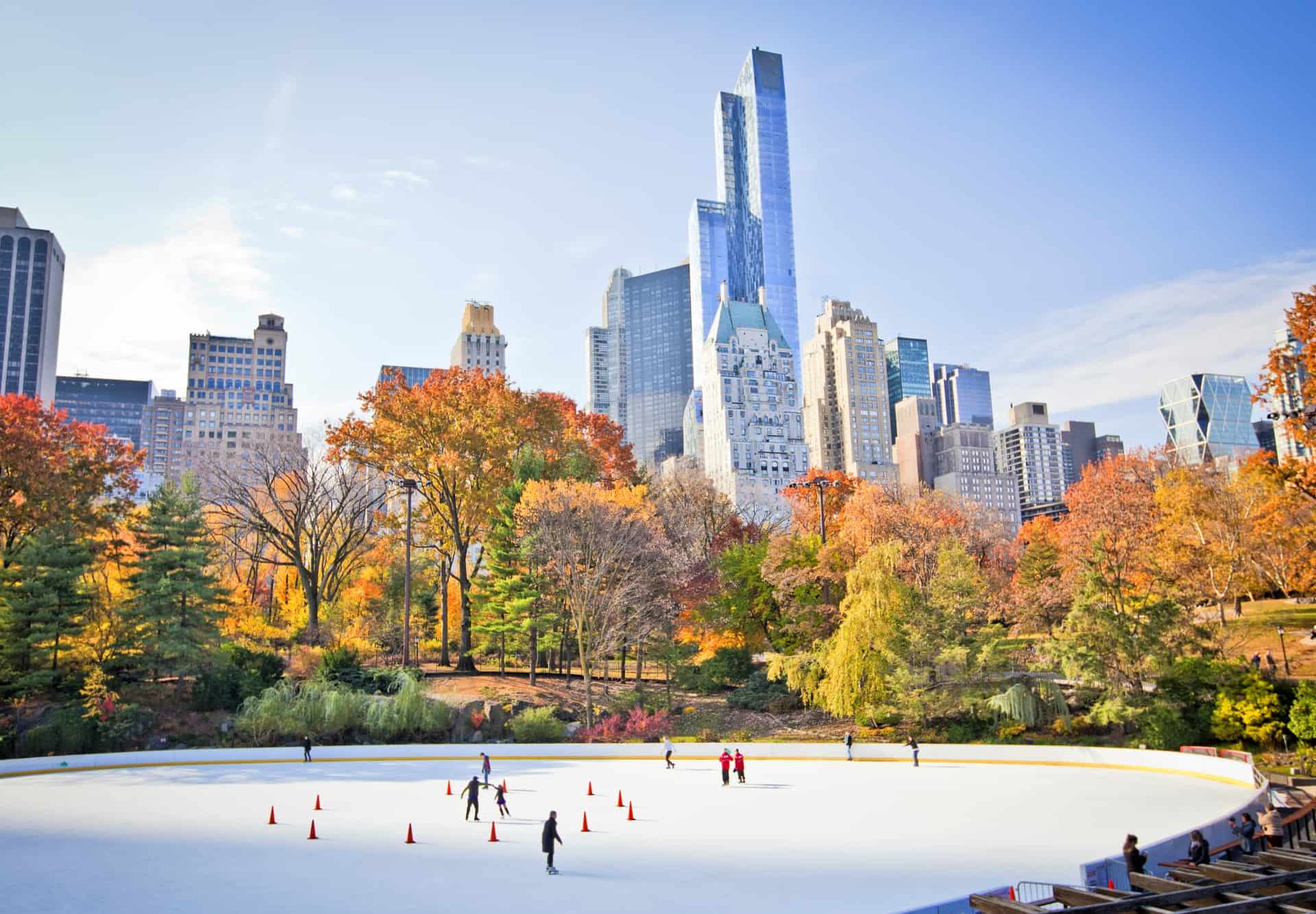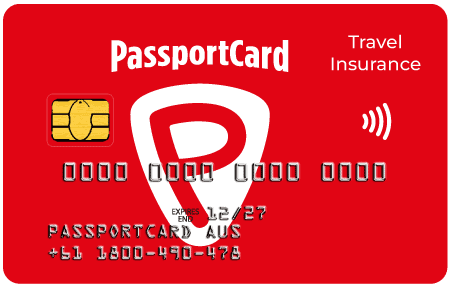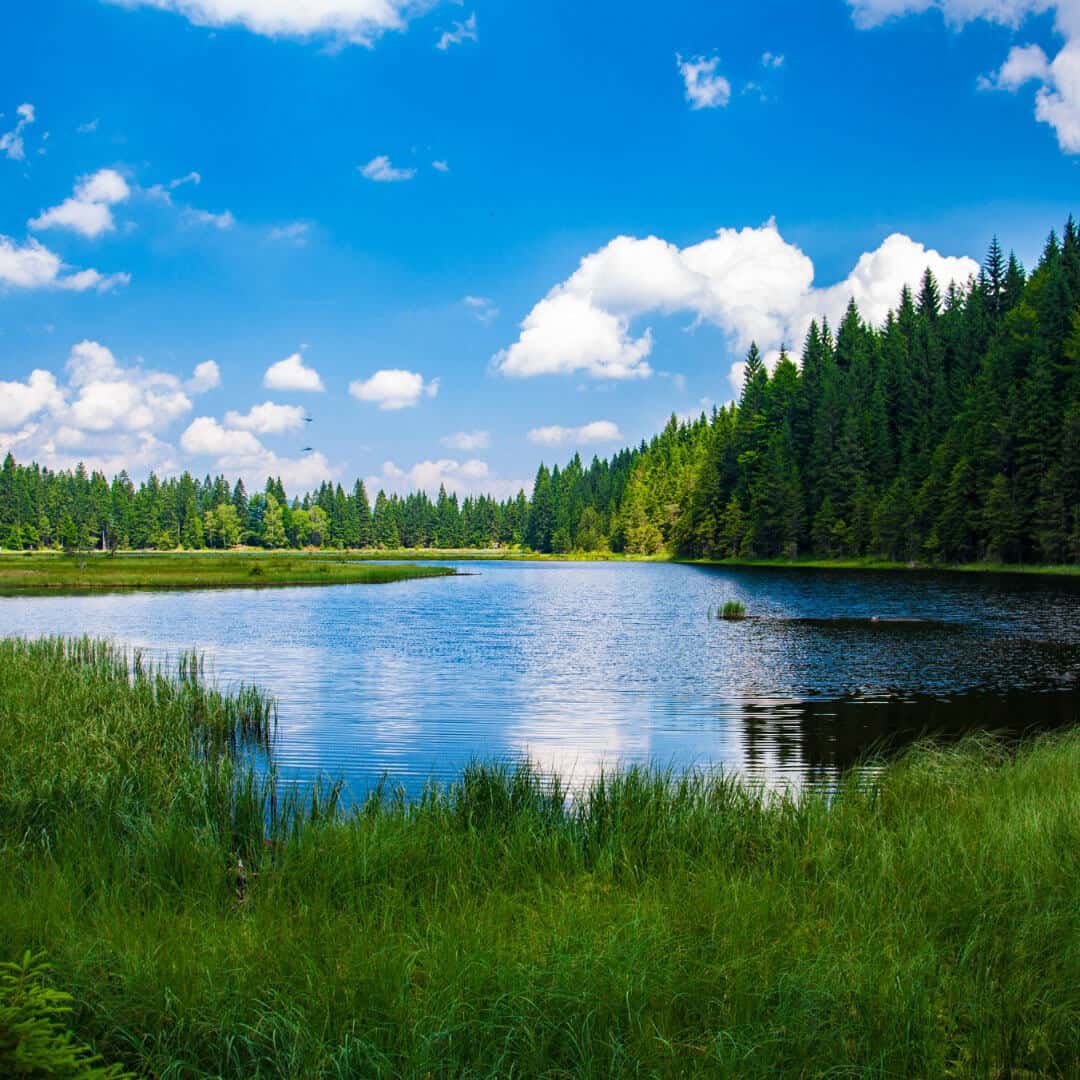

USA Travel Guide
The United States of America is a place that goes by many names, but whether you know it best as the United States, North America or the USA, it is one corner of the world that has made its way onto almost every Australian travellers’ destination wish list.
If you’re planning a North American “vacation” in the not-too-distant future, this handy travel guide is filled with helpful tips and information about travelling to the USA so you can plan an adventure that’s everything you dream it to be, and hopefully even more!
Best ways to experience the United States
The United States is a lot of things, but it certainly is not small. As the third largest country in the world, the United States is home to more than 50 different states each with its own distinct topography, culture and attractions.
While this means there really is something that will appeal to everyone, it can also make it hard to decide which destinations to include on your itinerary. To make it a little easier, here’s a quick overview of some of the biggest and best tourist drawcards in each of the vast regions across the United States.
| Region | Best attractions |
| Pacific | |
| Alaska, California, Hawaii, Oregon, Washington | California is arguably the number one tourist destination in the region. Here you can experience the glitz and glamour of Hollywood and Los Angeles, the delectable Napa Valley wine region and the steep hills and eclectic architecture of San Francisco.
Hawaii is another great family-friendly destination if you’re craving some sunshine and beach time, and it can even be a great option if you want to break up the long haul international flights to and from Australia. |
| West | |
| Colorado, Idaho, Montana, Nevada, North Dakota, South Dakota, Utah, Wyoming | Best known for its bright lights, thriving nightlife and endless entertainment options, Las Vegas (located in the middle of the Nevada desert) is one place that features on plenty of peoples bucket lists.
If Vegas isn’t your thing, you may prefer to take in the breath-taking natural scenery of the Rocky Mountains of Colorado. If you’re visiting during winter and love the slopes, Breckenridge, Vail or Aspen offer world-class opportunities for skiing and snowboarding, or Winter Park is another great family-friendly option (just make sure you add Snow Sports Comprehensive cover to your travel insurance policy). |
| Southwest | |
| Arizona, New Mexico, Oklahoma, Texas | If you like the idea of a road trip, the Grand Canyon in Arizona is a major tourist attraction that will leave you in awe of the scale and wonder of nature.
Texas is also great if you’re visiting as a family and want a taste of the ‘Wild West’. Visit a real-life rodeo or even arrange a ranch stay where you can test your skills with roping lessons, horseback riding or skeet shooting. |
| Midwest | |
| Illinois, Indiana, Iowa, Kansas, Michigan, Minnesota, Nebraska, Ohio, Wisconsin | In the Midwest, Chicago is arguably the major tourist drawcard. Located on the shores of Lake Michigan, the Windy City boasts a vibrant arts scene, good food, great shopping and some seriously impressive architecture. |
| Southeast | |
| Alabama, Arkansas, Florida, Georgia, Kentucky, Louisiana, Mississippi, Missouri, North Carolina, South Carolina, Tennessee, Virginia, West Virginia | If that so-called “southern charm” is what you’re after, the Southeast is where you’ll find it.
It’s easy to spend several days or even weeks exploring New Orleans in Louisiana with its pretty streets, beautiful southern architecture, delicious French Creole cuisine and party atmosphere on the famous Bourbon Street. Alternatively, Tennessee is a music-lover’s heaven, home to Elvis’ Graceland mansion in Memphis and “The Music City” itself, Nashville. Florida is another favourite for tourists, boasting a subtropical climate and more than one thousand kilometres of beaches. |
| Northeast | |
| Connecticut, Delaware, Maine, Maryland, Massachusetts, New Hampshire, New Jersey, New York, Pennsylvania, Rhode Island, Vermont, Washington DC | While the Northeast offers plenty of fantastic experiences for tourists, there’s one major drawcard that everyone must visit at least once in their life time—New York City.
Famed as the city that never sleeps, New York City is home to world-famous attractions like Times Square, Central Park, the Statue of Liberty and the Empire State Building. However, it’s the city’s bustling streetscapes, impressive bars and restaurants and unique culture that have been depicted in countless films and television shows that have helped earn its title as one of the most desirable cities to visit in the world. |
Visiting the United States of America
Climate
The climate in the United States is incredibly diverse, with tropical conditions in areas like southern Florida and Hawaii, dry deserts in many of the central states, and even arctic and alpine conditions in the northern states and the Rocky Mountains.
With its location in the northern hemisphere, the desirable summer high season runs from June till August. However, the shoulder seasons during Spring and Autumn (Fall) can still offer good weather conditions depending on where you travel. Some travellers also choose to visit during the cool winter months in the hopes of experiencing a white Christmas.
Culture and language
While indigenous people have inhabited the United States for more than 15,000 years, European colonisation and mass immigration have now transformed North America into a melting pot of different cultures and demographics.
The nation is predominantly Christian (approximately 70%) and ‘western values’ are generally upheld throughout the nation. English is the most commonly spoken language, making it very easy for Australian travellers to communicate practically everywhere they travel.
United States media, politics, technology and pop culture hold a strong global influence, with much of it holding a similar resemblance to Australian culture. While local laws do vary between states, it’s important to note that some laws in the United States are vastly different to that of Australia (such as the use of capital punishment and the right to own firearms).
When eating out, it’s helpful to know that most restaurants won’t include taxes in the prices listed on menus. While taxes do vary between states, you should expect a small percentage of the total cost of your meal to be added to the final bill.
Tipping is also customary throughout the United States. Many hospitality workers in the US receive a very low hourly wage and rely heavily on tips to earn a decent income. Adding a gratuity of between 15 to 20 per cent of the total value of the bill is standard. If you receive excellent service, you may choose to leave a tip of around 25 per cent. Leaving a tip of 10 per cent is considered to be the absolute minimum and should only be applied if you receive terrible service.
Getting around
Transport options will vary depending on the places you decide to visit, so it’s important to do some research specific to each destination you are visiting.
For example, if you’re heading to Los Angeles which is quite geographically dispersed, you may decide it’s best to hire a rental car (just make sure it comes with ample insurance). Whereas if you’re visiting a higher-density city like New York City, you’re generally best placed to rely on taxis (cabs) or the underground subway system.
Accommodation
You’ll find a wide variety of accommodation options throughout the US, including everything from hotels and private holiday home rentals to backpacker hostels, holiday parks and campgrounds, bed and breakfasts, serviced apartments and even ranch stays.
Accommodation can be expensive in some locations, so it’s worthwhile doing your research to find the most suitable option/s.
Entry requirements
The United States uphold very strict border control mechanisms and it’s essential that you check you meet the visitor entry requirements before travel.
Australians who are visiting the United States for less than 90 days generally don’t require a visa. However, you will need to complete an Electronic System for Travel Authorisation (ESTA) application through the US Customs and Border Patrol website prior to your visit.
It’s always a good idea to visit the Australian government’s Smartraveller website before your trip for the latest information and updates about travelling to the United States of America.
Why might you need travel insurance in the USA?
We want you to have the best possible time while visiting the United States—that’s where travel insurance can be so valuable. Having travel insurance is like just having someone wise and responsible looking out for you round-the-clock, just in case things don’t go to plan.
It’s particularly important to have travel insurance with medical cover when visiting the United States. Many Australians don’t realise that they won’t be covered by Medicare or private health insurance in North America, and the cost if you require medical care can be exorbitant. For example, in the US it costs on average more than A$4,000 per day if you were to be admitted to hospital—that’s a cost that most travellers simply can’t afford.
Taking out travel insurance is the best way to know you’re prepared for whatever comes your way. Here are some of the ways our travel insurance could come in handy while you’re away…



Instant payouts on approved claims with PassportCard
When you choose PassportCard, you’ll enjoy the extra peace of mind of knowing you’ll be able to cover most expenses there and then if something goes wrong.
When you purchase one of our travel insurance policies, we’ll ask you if you’d like a PassportCard to take with you on your trip. If something happens while you’re away (like your luggage is delayed, your cash is stolen or you experience a medical issue), our team can handle your claim quickly over the phone and transfer funds to your PassportCard on-the-spot**.
If approved, you’ll be able to withdraw cash to cover expenses that can arise from things like delayed luggage or stolen cash, or if it’s a medical issue, we can instantly add funds to your PassportCard so you can immediately pay for expenses when you need to.
You won’t need to fill out any paperwork and instant access to funds means you won’t be left out of pocket.
Find out more about how instant claims work or get a quote for your upcoming trip.
USA travel insurance FAQs
It’s always a good idea to get travel insurance when travelling to the USA so you know you’re prepared if something doesn’t go to plan. From medical emergencies to lost luggage, travel insurance can come in handy in a variety of situations. Choosing cover that also offers instant claims can also be invaluable while travelling abroad.
The best way to find out how much it will cost to get cover to travel to the United States is to get an instant quote with PassportCard. It only takes a couple of minutes to get a personalised quote by providing some basic details such as your age, destination/s, travel dates and the level of cover you would like.
Not automatically. If you’re planning on doing any activities like cascading, deep sea fishing, mountain biking, mud buggying, paragliding, quad bike riding, outdoor rock climbing, segway tours or sky diving, you’ll need to add Optional & Adventure cover for these activities when you purchase your travel insurance to make sure you’ll be covered.
No. Many Australians don’t realise that they won’t be covered by Medicare when overseas. Purchasing travel insurance with cover for medical emergencies and evacuation is essential to ensure you won’t be left to foot the bill if you become seriously sick or injured while travelling.
Simply call our Global Assistance team on +61 1800 490 478. Our Australian-based Global Assistance team is available 24/7 and can quickly handle most common claims on-the-spot over the phone.
Preparing for your trip to North America
All set for your trip to the USA?
Make sure you’ve ticked these items off your checklist before you head off:
- Check your passport is valid with at least 6 months of validity left from the date you plan to leave the country
- Ensure you meet the visitor entry requirements
- Arrange a travel currency card or another method of payment to cover expenses while you’re away
- Notify your financial institution of your plans to travel
- Contact your phone provider to ensure your phone plan will cover you while you’re away or purchase a pre-paid international sim card
- Arrange accommodation for each location you plan to stay in
- Consider booking any tours or activities you want to do in advance
- Provide details of your travel plans to a family member or close friend not travelling with you so you can be contacted in case of an emergency
- Save the details of how to access emergency consular assistance in case you need it
- Organise your travel insurance with PassportCard.
Get cover for your next trip with PassportCard
*Sub limits apply, ^per insured Adult, × per policy, # Waiting periods, ~ Limited to 12-month period, + per day, ¹PassportCard Travel Insurance recognised in Mozo Experts Choice Awards 2025 – more information on the awards research methodology at Mozo. The Canstar 2025 Innovation Excellence Award was received in April, 2025 for PassportCard Travel Insurance.
All benefits and covers are subject to the terms, conditions, limitations and exclusions listed in the Combined Financial Services Guide and Product Disclosure Statement and on other policy documentation, including the schedule.














